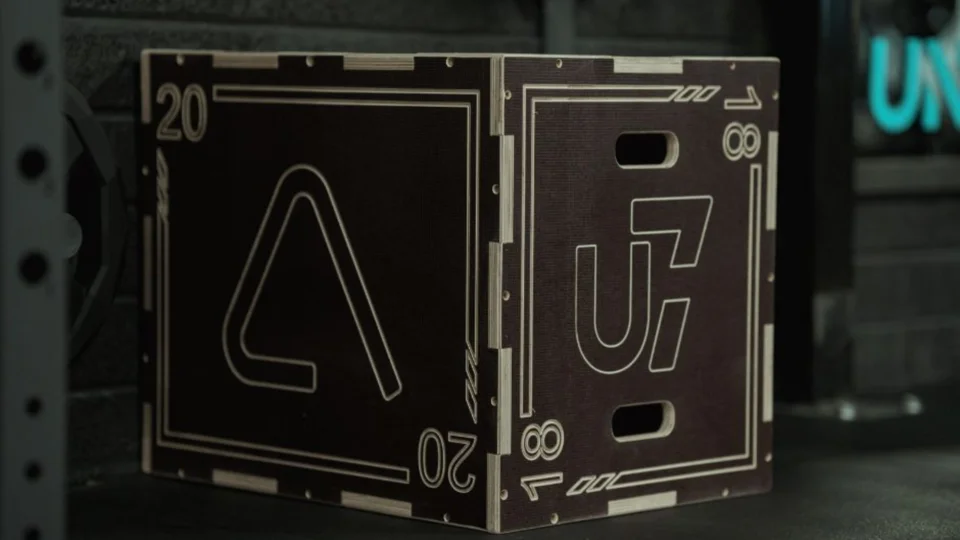September 16, 2021
How To Choose The Right Gym Flooring
Gym flooring is one of the key aspects of designing or refurbishing a gym. While it is often overlooked in favor of upgrading equipment, gym flooring makes more difference for your workout routines than the equipment you provide. This article discusses the various options available to choose from for in-house or commercial gyms. You choose what suits you the best.
You can only understand how to choose the right gym flooring if you understand why it is important.
Why does gym flooring require special attention?
It is the base for all workouts.
The floor is the base for all workout routines. Whether it is leg day or cardio, the gym floor provides support for all exercises and equipment.
It can improve the overall hygiene.
Gym floors are a common recipient of sweat, water, spills, dust and any other fluid. This, in turn, makes them extremely unhygienic. Selecting the right flooring can define the hygiene and bacteria levels of the gym.
It needs to be durable.
Oftentimes, weights are dropped, benches are moved, and the user drags equipment. A commercial flooring used by the builder is not strong enough to withstand this force.
These are three reasons to understand before we learn more about how to choose the right gym flooring. The gym flooring undergoes intensive use and is tested on its strength and vibration, and noise resistance.
Which gym flooring options are available?
There are six primary gym flooring options available to choose from:

Rubber is available in the form of mats, tiles and rolls. Each has its advantages and disadvantages. However, rubber as a whole is a lot more shock and vibration absorbent than any other material. They are versatile, reduce the force on impact, and are easy to add, replace, and adapt to any floor plan. However, they tend to be on the more expensive side.

Easy clean flooring, which is a type of rubber flooring that absorbs a huge amount of weight, meaning the impact on the floor below is minimal. This means neither your floor nor equipment will be damaged with use. The floor tiles also provide anti-slip protection which is essential in any commercial setting. The flooring is also easily incorporated into any space as it comes in manageable rubber tiles which are easy to lay and alter. We would always recommend easy clean flooring for home gyms and commercial gyms, with a less rubber smell and ease of keeping it clean, it makes for the perfect flooring option.
Carpet
A carpet is an option that is usually chosen for a home gym. While carpets are cheap, widely available, and customized, they pose a serious issue: they lack durability. They can easily be frayed or torn with regular use. However, they are much more absorbent than concrete and cork. They can provide a more comfortable base for exercise than cork, concrete and wood.
Foam

Foam is a very versatile flooring option. Foam mats and tiles are available in various shapes and sizes and adapted to any floor plan. Furthermore, they have similar advantages to rubber, however, one of the cons of using foam for gym flooring is that they are prone to compression. Therefore, you may notice permanent dents in your flooring. Foam flooring is best suited for sports such as martial arts where rolling and tumbling is required.
Astro Turf

Astro Turf flooring is a great option to have in a commercial gym or an at home gym. Astro is usually used for sprint training and or other full body power moves such as the prowler press (Sled pushing) as it is easy on the joints and also allows for easy movement of the sled. That is why you should complement it with rubber flooring or any other flooring that is used for other forms of exercise such as weightlifting.
How to choose the right gym flooring?
There are five things to consider when choosing the right flooring:
Your requirement:
The first thing to consider when you’re looking for the answer to how to choose the right gym flooring is what your requirements are?
It includes considering your gym aesthetic, the equipment you will be installing, and the gym floor traffic.
Single vs Multiple:
As mentioned in the hybrid flooring option, it is possible to use multiple layers of gym flooring. Therefore, if you wish to preserve an existing flooring because it is good, you can simply cover it up with a new one. This option can also help you preserve existing flooring if that is a term in your lease.
Noise and vibration:
These are important things to consider if your gym is not on the ground floor. Gyms can produce a lot of both. Therefore, without good flooring, your neighbours may be disturbed. Look for flooring options that absorb both noise and vibration levels.
Cleaning and maintenance requirements:
These require special attention. Some flooring options, like foam and rubber, require regular maintenance to ensure they’re odour free. On the other hand, hardwood requires maintenance to ensure it doesn’t absorb sweat. Consider your in-house and outsourced maintenance options before selecting a floor.
Safety:
Safety is one of the key requirements to look at. If your gym features a dance floor, foam and rubber flooring is not a good option. But if your gym is especially for equipment and workouts, then concrete, cork and hardwood floors are not a good option. Therefore, considering your gym’s customer base and services, you have to decide the safety requirements.
Bottom Line
Before you start looking at flooring options or looking for a checklist on choosing the right gym flooring, you should keep your requirements in mind. We recommend creating a simple list of your requirements. This will help you narrow down your options and select the right one. If you need any recommendations on your gym flooring needs, don’t hesitate to call us at (01) 816 7510 or email us @[email protected]












